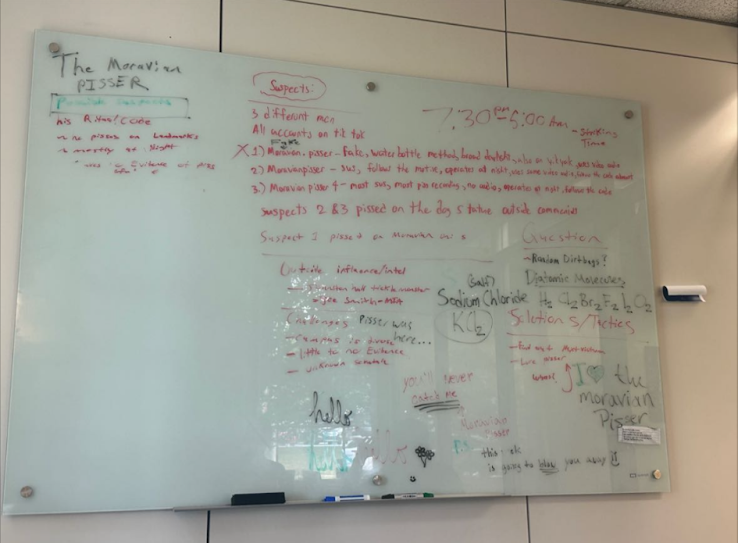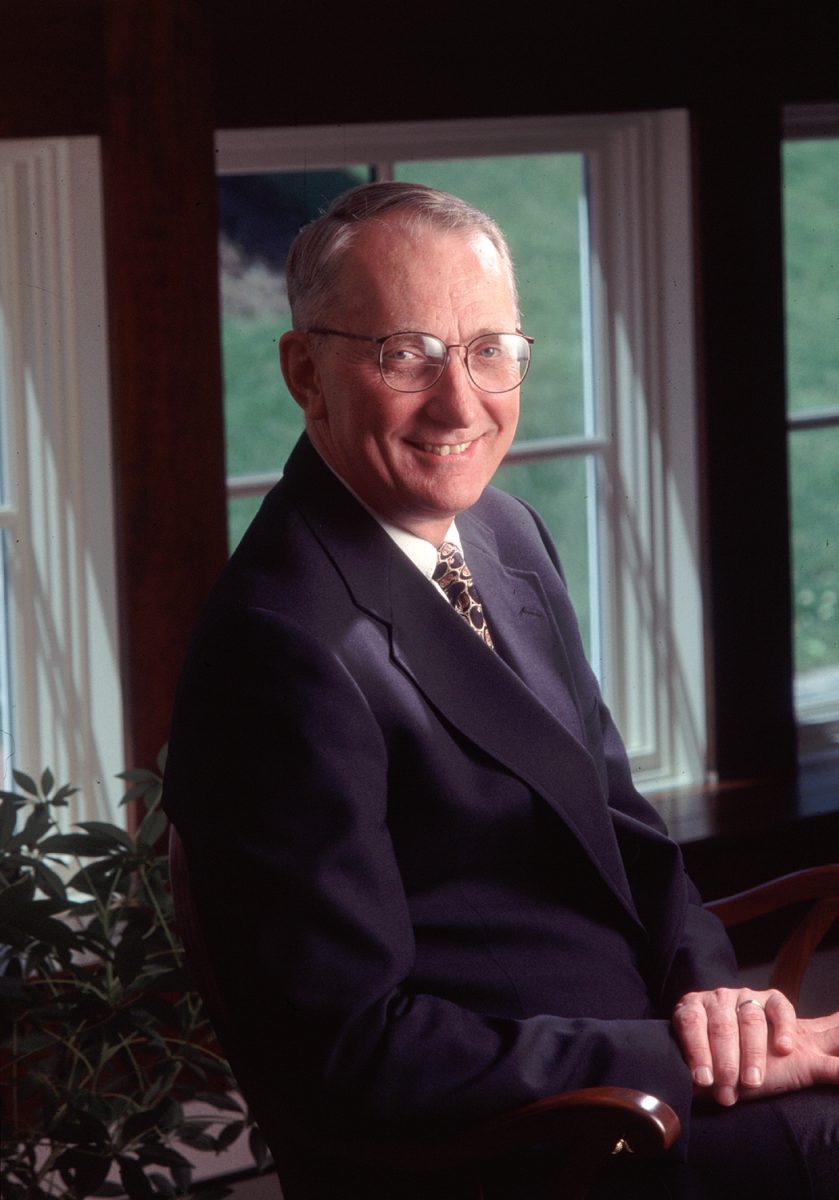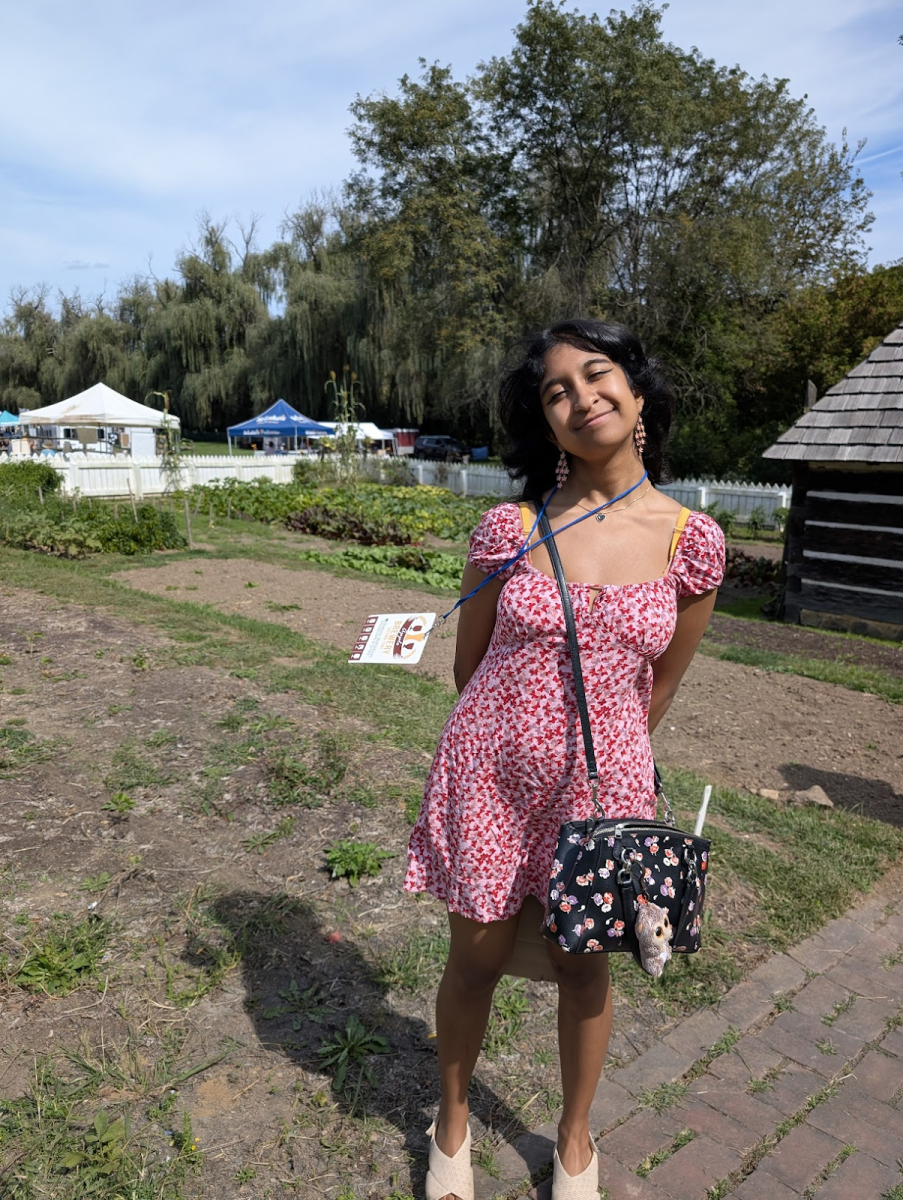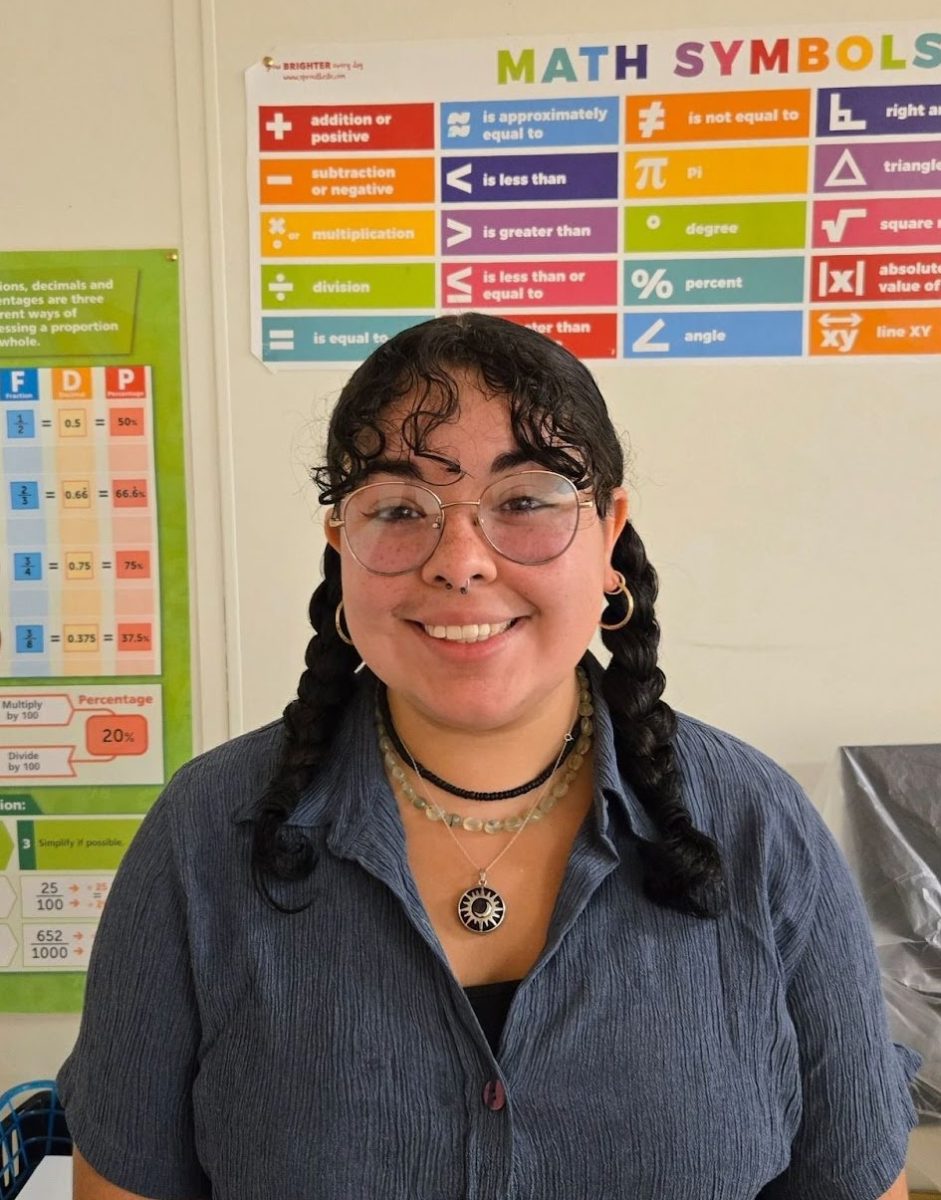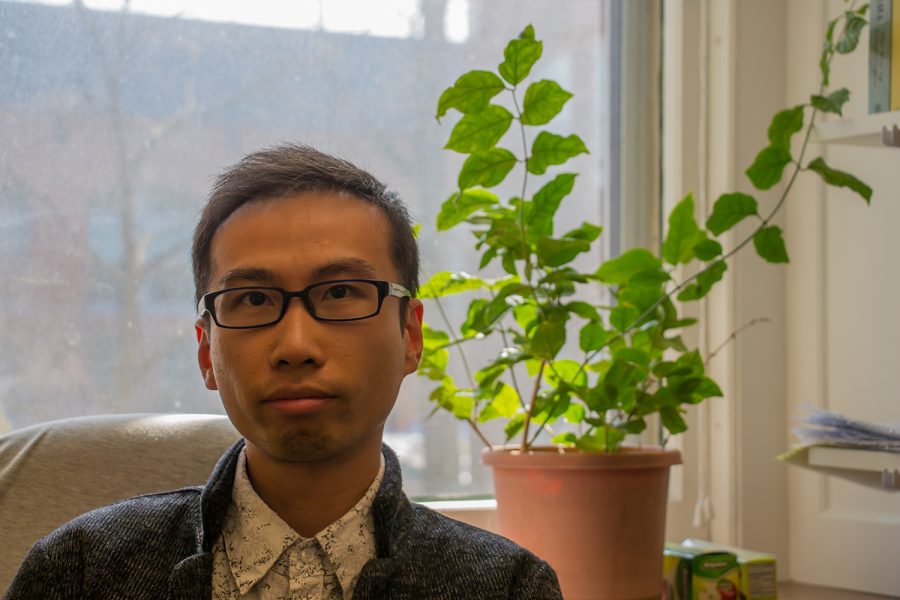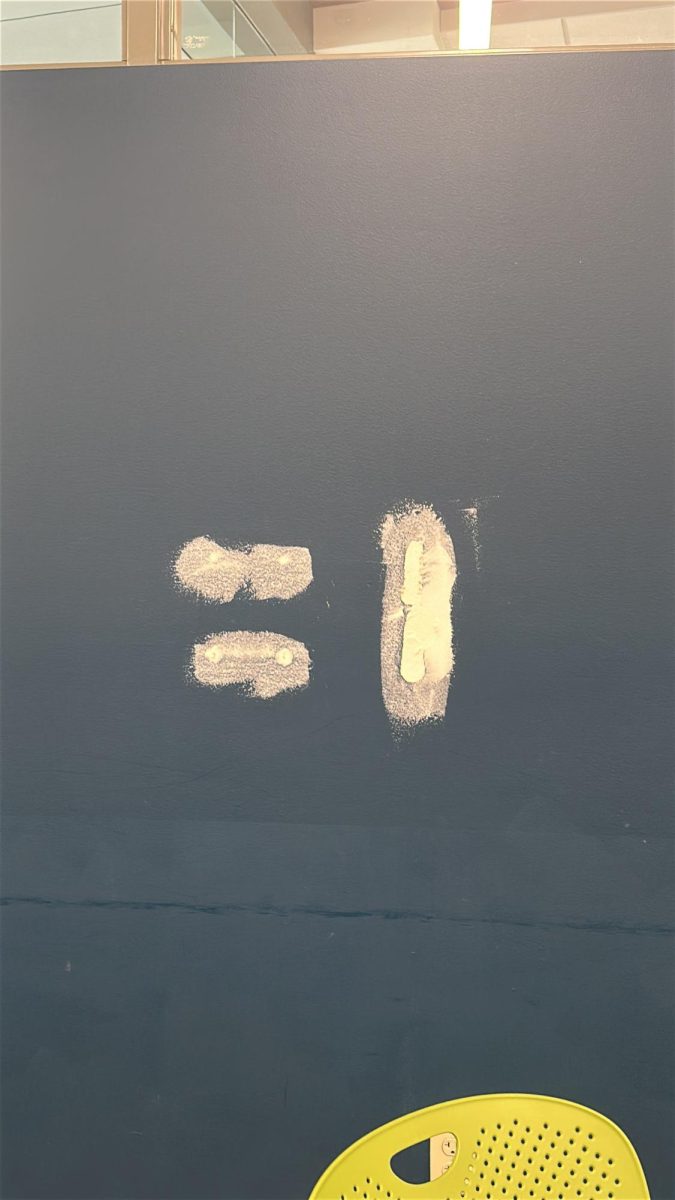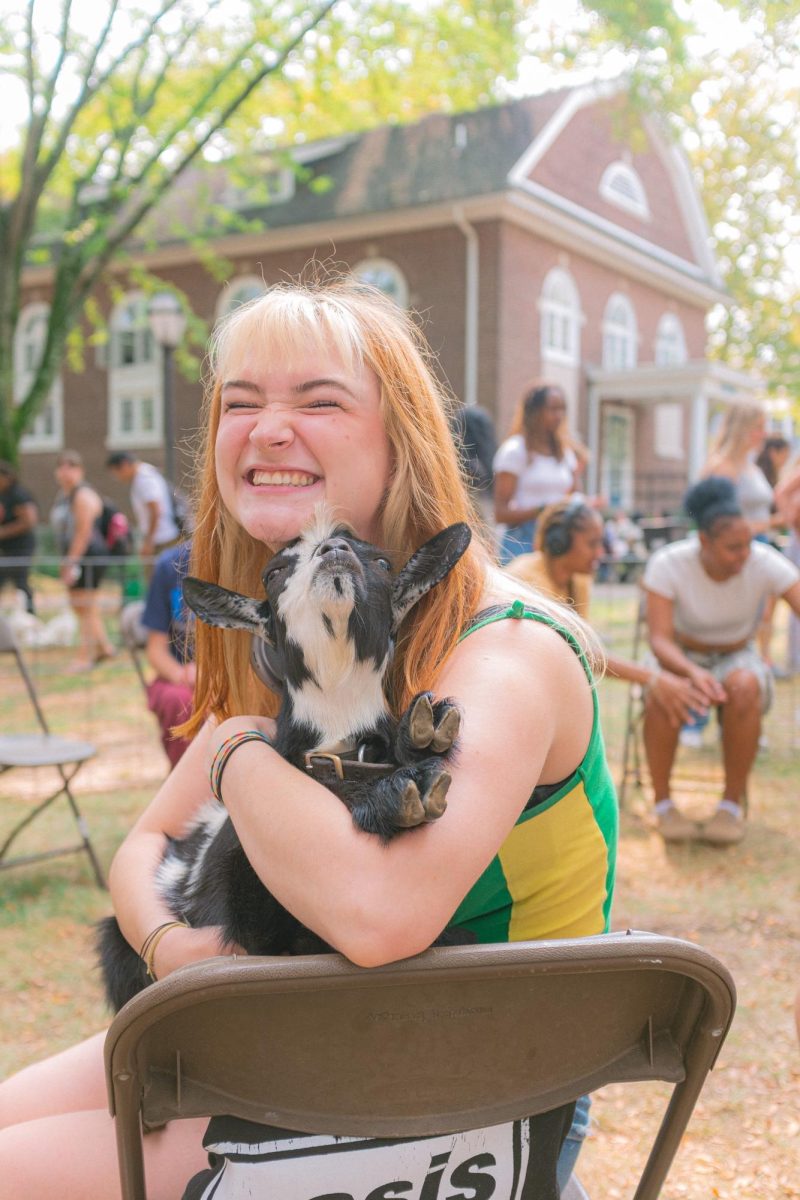
How do geology, painting, and writing connect? Professor Kate Brandes can dissect the story behind all of them while authoring her own novels.
In June, Brandes was promoted to Professor of Practice at Moravian for the Environmental Science department after starting Moravian as an affiliate faculty member in 2018.
She published a new novel called Stone Creek on August 6, which follows a dual timeline – one that takes place in 2006 and one in 2023. The story centers around young protagonist Tilly Stone, raised by her father, an eco-terrorist named Frank, and at the core, functions as a father-daughter story.
Tilly spent her childhood running from the FBI and living in the woods, only knowing life through her father’s experience. When she is 13, he leaves under mysterious circumstances – and then he shows up again in the second timeline in 2023 when she’s 30 and living this ordinary life, but he’s going to upend everything.
But Brandes keeps herself busy. Despite her novel coming out last month, she already has completed one-third of a first draft for a new novel.
“For me, that’s about 5% of the project once I have the first draft. So it’s a lot of revision work for me,” Brandes said. “I think the writing of the first draft, though, is the hardest part for me. I actually hate that part … I would like to have something to work with and to revise.”
Her writing tends to be place-based, with the setting a large focal point. As a geologist, Brandes loves landscapes and finds that she can often tell stories about the land that other people can’t.
From the age of 16, Brandes knew she wanted to be a geologist – even if she wasn’t entirely sure what that meant.
“What I really loved when I started studying geology was that there’s all these rock layers, right? And they’re different colors, and it’s a little bit like pages in a book,” Brandes said. “So each layer sort of tells you a little bit something different about the earth’s history … Some of the pages are ripped out, some of them are there. And I love that, that story element of geology.”
Brandes earned a B.S. from Penn State and a master’s degree from North Carolina State. Since then, she has helped develop and teach courses at Moravian University, including Creative Writing Course – Creating Stories in a Complex World; First Year Writing Seminar: The Role of Story and Narrative in Environmental Justice; and Intro to Geology, Landscape, Culture and Story of Place in the Lehigh Valley, Pennsylvania.
As a professor of practice, Brandes teaches with 25 years of experience working a variety of jobs in scientific fields, ranging from environmental scientist at the Lehigh Gap Nature Center, watershed specialist at the Northampton County Conservation District, science program director at Nurture Nature Center, and hydro-geologist at Nittany Geoscience.
Brandes realized her love for creative endeavors when she was 35 and recalled that her identity felt strangely fractured, being perceived as a scientist – not a writer – for her entire life until that point. This insecurity inspired her to find others who shared a similar passion split between two disciplines, leading her to her work with Seams, a project where she created a series of narrative paper quilts made of thread, paper, and watercolor.
Brandes found scientists/artists and interviewed them to see what their journeys were, and then made these quilts inspired by each interview. Some examples of her interviewees include an engineer/creative writer, a mathematician/quilter, and an entomologist/painter. In her interviews, she hoped to understand and discuss with others who are experiencing the same kind of two worlds colliding.
In addition to her creative endeavors, Brandes has been the co-director of the Moravian Writer’s Conference since 2021.
For aspiring authors, she recommends that they follow their passion and keep persistent.
“It takes a really long time to make something [and] get something publishable, much longer than I think most people can imagine,” Brandes said.
In addition to her writing and environmental work, Brandes enjoys other artistic endeavors, such as painting. Much of her academic, geological, and literary work focuses on a sense of place. As a geologist, she can look over terrains and see a story that most naked eyes miss, which often inspires her to paint maps and landscapes.
She feels a particular attraction to the dreamy and atmospheric qualities of watercolor, as it is not easily defined, leaving some of the work up to the viewer’s interpretation.
Although she didn’t necessarily expect to end up in higher education, looking back, Brandes says she wouldn’t have told her college self to do anything differently.
“Partly because I think that all those learning journeys and the hard parts and all the struggles are so important for understanding other people [and] developing empathy,” she said.
In her free time, Brandes watches murder mysteries with her husband; they just finished Unforgotten. She also bakes sourdough – sometimes taking up to three days for one loaf, appreciating the repetitive kneading tasks to busy her hands.
Through all her passions, Brandes reveals how diverse disciplines can transform our understanding of place into a profound narrative of history or storytelling.



